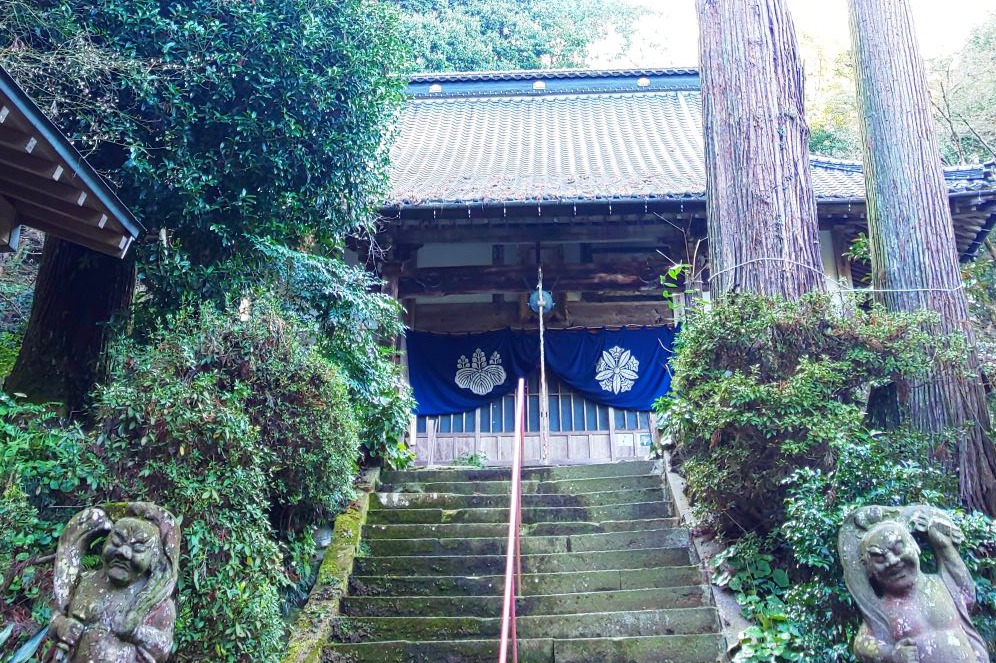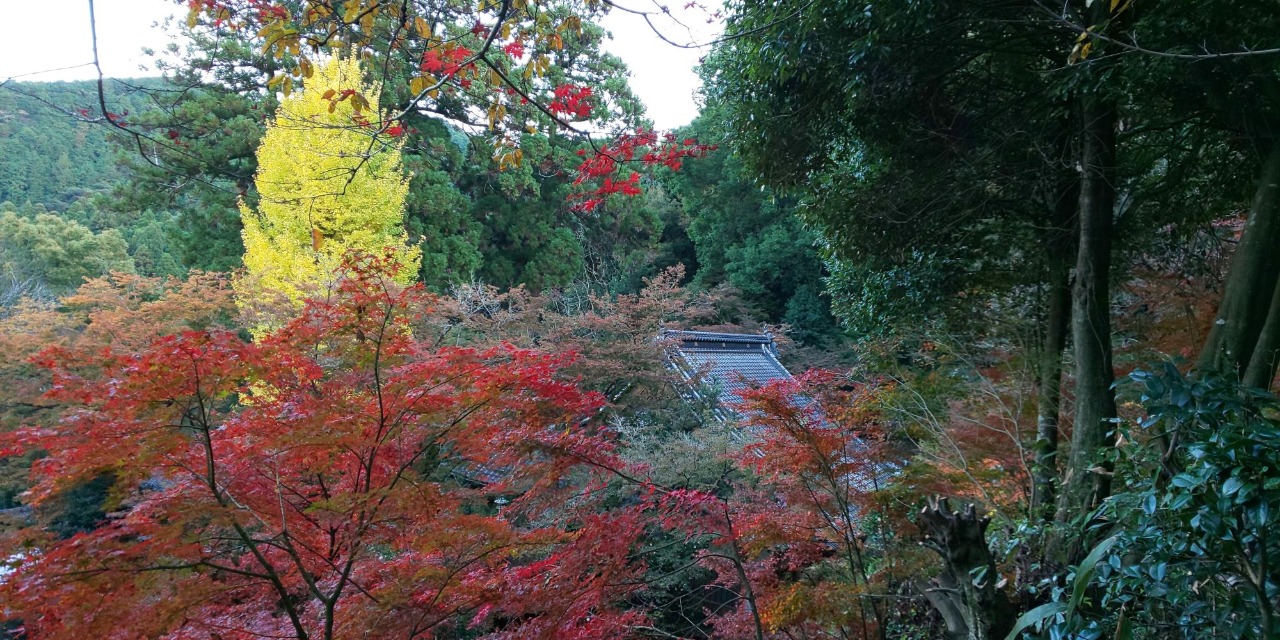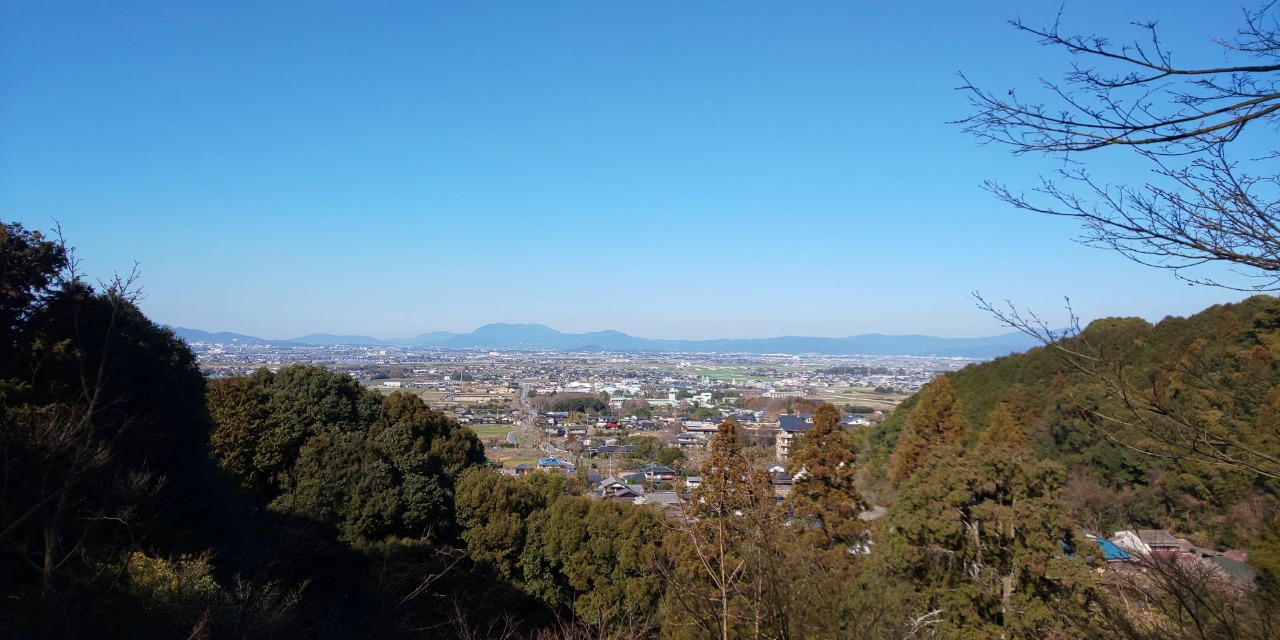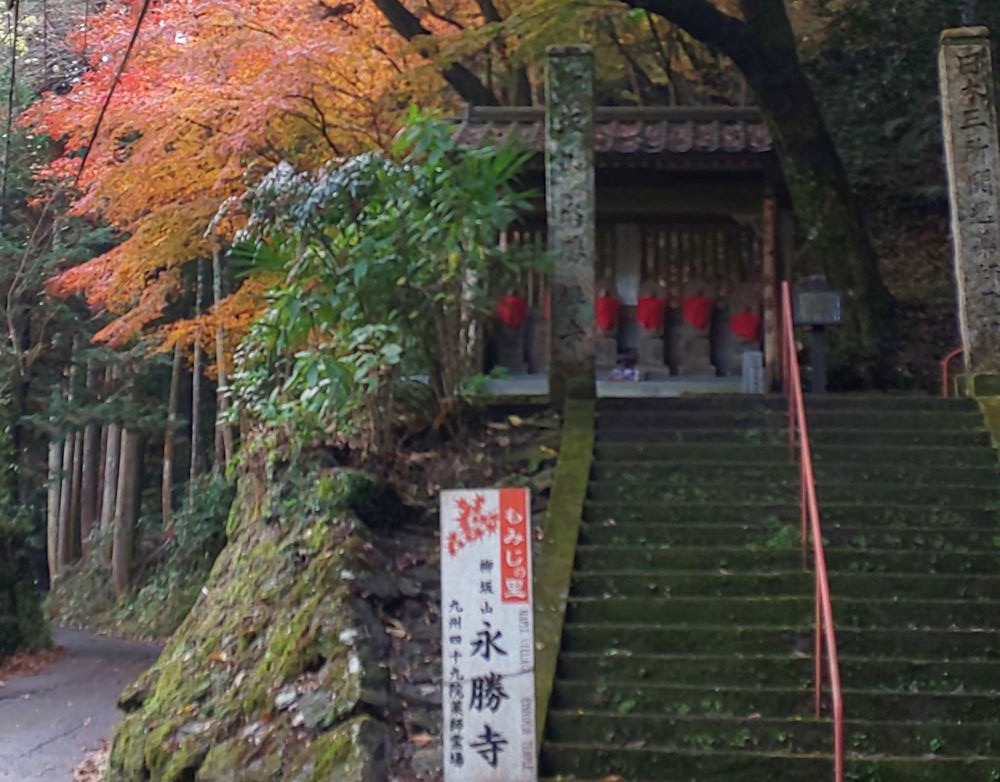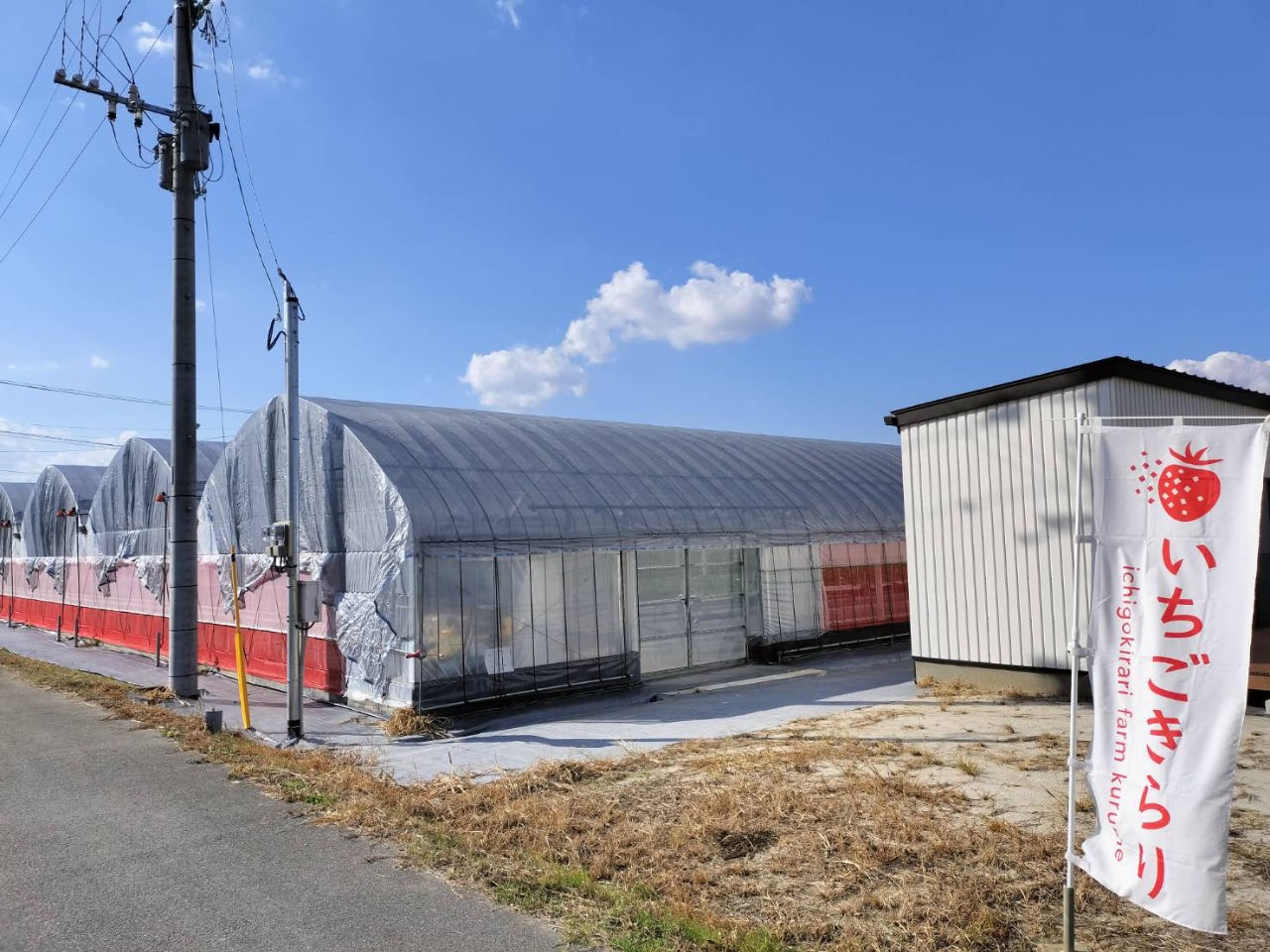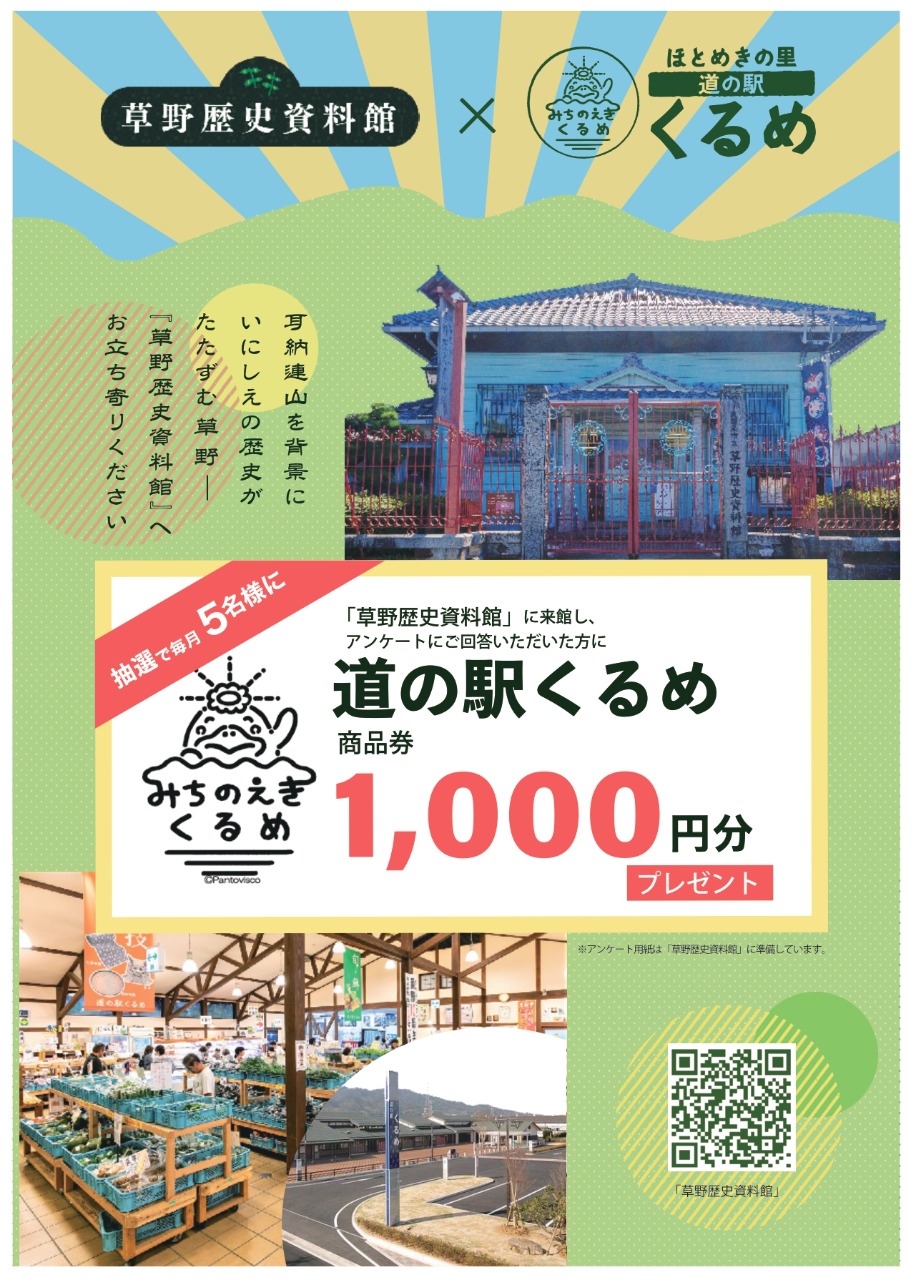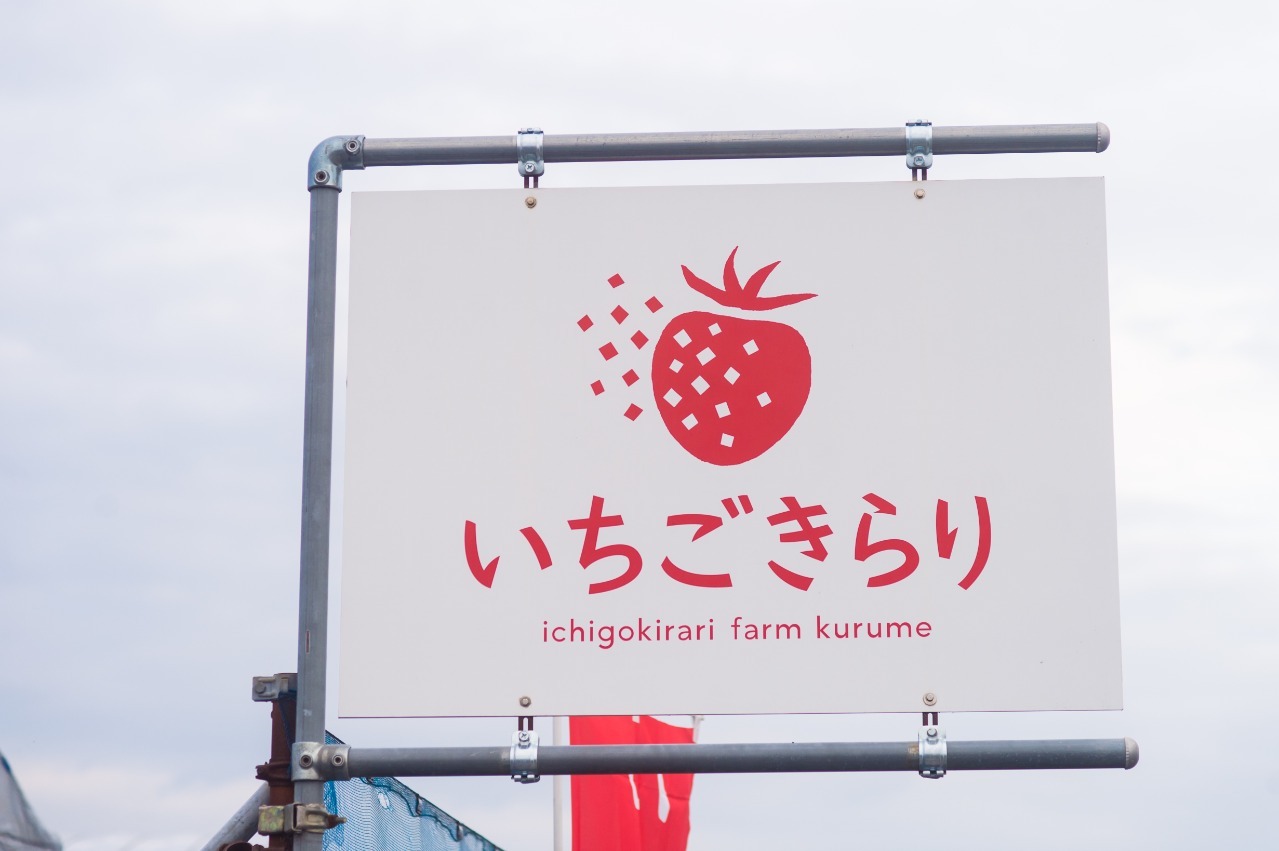
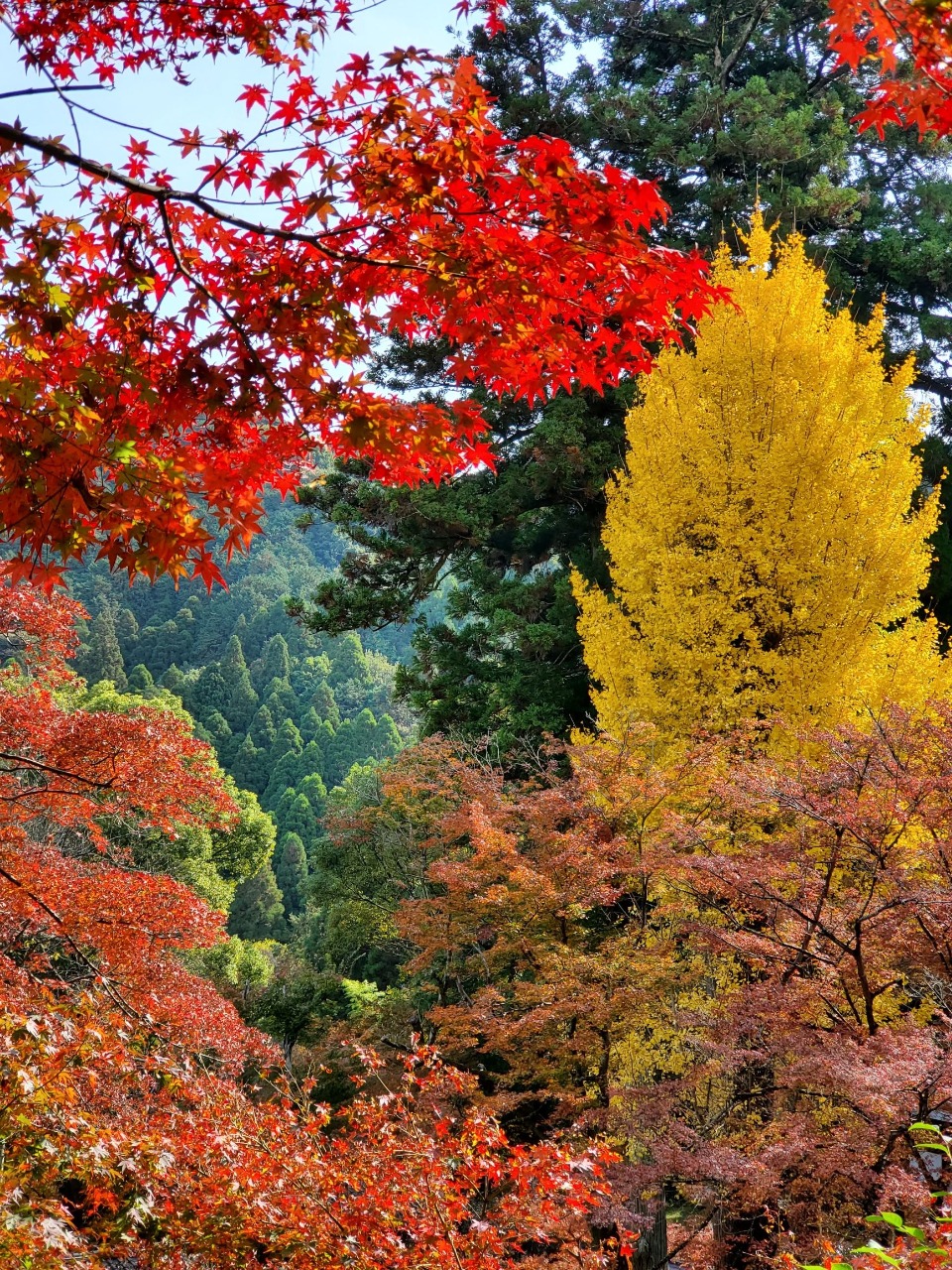
Autumn leaf colors are done as of Monday, December 9, 2024
In Yamamoto-machi, beyond the wax tree lane in Yanagizaka Sone, you will find Ryubanzan Eishoji Temple at the hiking trail entrance. It is believed to have been built by Tenmu, the 40th Emperor of Japan, in 680 AD. The primary object of worship at this temple is Yakushi Nyorai, deified as a medicinal healer. Prayers were offered here for the recovery of Tenmu’s wife, Empress Jito.
Along with Ichibata Temple at Izumo Shrine in Shimane and Yamada Temple in Iyo, Ehime prefecture, this is counted as one of Japan’s Three Major Temples of Medicinal Healing.
Upon climbing two flights of stairs, broken into 19 stone steps and then 77, giant cedar tree trunks will appear before you, letting you know that you have reached Eisho-zenji Temple.
Within the temple grounds, see the familiar faces of Nio statues that have been greeting visitors since the Edo period (1603-1868) along with various Buddhist stone sculptures. One of these is a Jizo statue dedicated to healing whooping cough. Another is a statue of Monju Bosatsu, the Buddhist deity of wisdom.
The temple grounds are also home to trees such as the Japanese Raisin, known as Kenpo-nashi, and are considered a Municipally Designated Natural Monument. In autumn, many visitors come to see the turning of the leaves.
